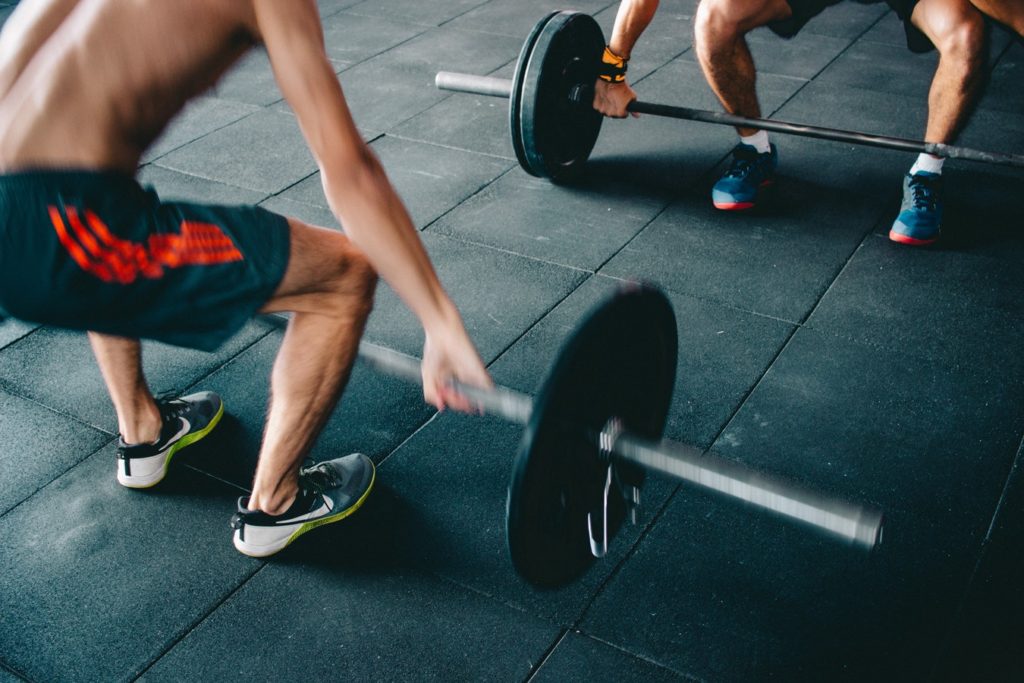Infrared cyclewear claims to convert the wearer’s own energy into a form of radiation which provides positive effects on performance. Sound interesting? Struggling to visualise how this technology might work, Kymira Sport shows the effect of their product using a capillary microscope.
As both a scientist and a semi-professional cyclist, I am always intrigued about how these two pursuits traverse one another. This is often from the perspective of, “how can I improve my own performance?” However, I genuinely get the impression that everyone is invested in this pursuit, from playing around with saddle positions on a TT bike, through to following a pre-race ritual that has been ‘proven’ to get the desired result – honestly, aero socks and caffeine chewing gum does the trick! Therefore, when Kymira Sport launched a unique range of performance infrared cyclewear, I had to do my homework.
Infrared cyclewear – The science
Kymira Sport are offering cyclewear (bib shorts and jerseys) that uses KYnergy technology to harness both the cyclist’s energy and the latent energy in the surroundings and convert it into Far Infrared Radiation (FIR). FIR are electromagnetic waves with wavelengths in the infrared spectrum. Normally, FIR is generated by light emitting devices, such as lightbulbs, but recently it has been made possible to weave FIR emitting polymers into fabrics. This is exactly what Kymira Sport have managed to do. The fabric absorbs and reflects the FIR rays which can penetrate deep into both the skin and muscle. According to an academic review paper1, there are a number of biological effects of FIR which could potentially lead to performance and recovery benefits. These effects include: accelerated recovery of skeletal muscle function after exercise, an increase in the flow of blood, an improved endothelial function, and a decrease in pain, inflammation and oxidative stress – all of which I can see benefiting a cyclist, of any ability. Exposure to infrared increases the production of nitric oxide2 which causes blood vessels, such as the capillaries in muscles, to dilate. In turn, this leads to increased circulation and enhanced delivery of oxygen and nutrients to the muscle.
On a practical level, research has looked at the performance enhancing claims of FIR clothing. In terms of recovery, Loturco and colleagues3 recruited a group of elite male football players to test the effects of FIR clothing on delayed onset of muscle soreness (DOMS), following an intense strength and conditioning session. Results were promising, whereby it was suggested that using FIR clothing may reduce perceived DOMS, meaning your legs hurt less in the days following a hard session. Specific to cycling, another group of researchers4 have shown that cyclists consumed significantly less oxygen during submaximal exercise when they wore the FIR clothing, compared to the normal clothing. This suggests that the exercise was more efficient when wearing FIR clothing.

With these promising findings starting to add-up, I decided to test the products out on myself. Although not the most scientific of approaches, it is hard to resist the opportunity for a n = 1 case study.
Infrared cyclewear- The verdict
I am currently racing at a national level for Bianchi Dama, both on the road and track. As a result, when away from the office, I spend plenty of time putting in the training miles. However, by having to juggle training alongside a full-time job, any product that may improve my performance and recovery would be a great addition to the kit bag. Kymira Sport were kind enough to allow me to try out the Core 2.0 Gym Leggings (now in their latest redevelopment as the 3.0) available as the newly redesigned and PrO2 Bib Shorts over a few weeks of training. Both the gym leggings and bib shorts were a great fit, with the chamois of the shorts being super comfy.
View this post on Instagram
On the bike, the PrO2 Bib Shorts were put through their paces during a standard 2 x 20 min threshold interval session. This is a session that I do quite often, so I tried it with and without (normal bib shorts) the PrO2 Bib Shorts. I managed to hold similar power output in both sessions, as expected. However, when wearing the PrO2 Bib Shorts, I felt I got into the swing of things quicker and was fighting less to hit the numbers. In the gym, the performance of the leggings was equally surprising, I felt strong and dynamic and even got a few more kg’s on the bar.
Obviously at the moment it is difficult to assess the full benefits of infrared cyclewear but based on my own limited findings, I would recommend other cyclists experiment with these products and see the effects for themselves. In the meantime, I will keep a look out for other studies that support the case of FIR clothing and sports performance. It might just be that new marginal gain that we have all been waiting for!
- Vatansever F, Hamblin MR. Far infrared radiation (FIR): its biological effects and medical applications. Photonics & lasers in medicine. 2012;4:255-266.
- Leung T-K, Kuo C-H, Lee C-M, Kan N-W, Hou C-W. Physiological effects of bioceramic material: harvard step, resting metabolic rate and treadmill running assessments. Chin J physiol. 2013;56(6):334-340.
- Loturco I, Abad CCC, Nakamura FY, et al. Effects of far infrared rays emitting clothing on recovery after an intense plyometric exercise bout applied to elite soccer players: a randomized double-blind placebo-controlled trial. Biology of Sport. 2016;33(3):277-283.
- T. WJ, R. SE, J. SD. Apparel with Far Infrared Radiation for Decreasing an Athlete’s Oxygen Consumption during Submaximal Exercise. Research Journal of Textile and Apparel. 2015;19(3):52-57.